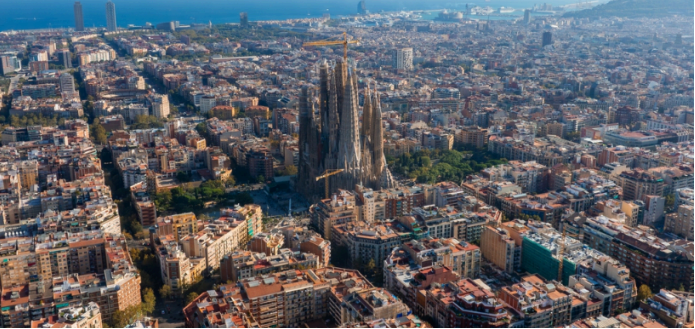Contribution from women architects
In the mid-twentieth century, a set of South Asian countries collectively experienced a catharsis from colonizers’ rule. The period that followed sparked an era of ideas and philosophies for a new future. During this time, architects were pivotal in creating modernist structures that defined the countries’ post-colonial, post-partition and post-imperial identities. South Asian architects used design as an expression of hopeful societal visions, most of which have been actualized. With this success in nation-building, there has been a lack of accreditation for women architects in shaping South Asian histories.
Pakistan, India, Bangladesh, and Sri Lanka share a major milestone – gaining independence from British Rule. How each country moved forward is unique and contextualized to each region. In relation to architecture, these countries were collectively faced with housing crises, the restoration of heritage buildings, and a need for public institutions. A wave of decolonization washed over South Asia, utilizing modern architecture as a vehicle to liberate from the colonial period.



